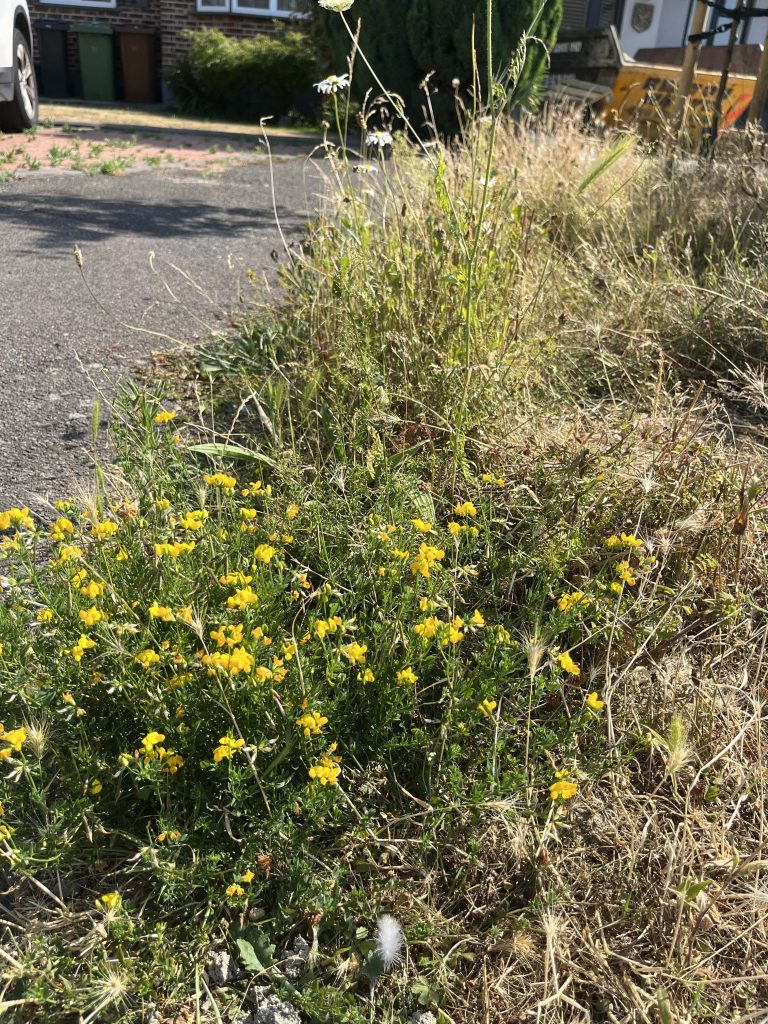Roadside verges in Surrey will be cut less frequently to foster biodiversity, according to Highway Authority, Surrey County Council. In a move to ease the pressure on native nature from human activity, around 700 species of wildflower will be left unmown, and plants and wildlife in the area restored. “It’s time to redefine our ideas about what well-managed public spaces look like,” said Andrew Jamieson, Projects Director at Surrey Wildlife Trust. “It’s an essential part of our joint plan to restore and support Surrey’s plants and wildlife and take a first step towards a greener future for the neighbourhood.”
Feature photo: credit Jon Hawkins – Surrey Hills Photography
The decision builds on the Climate Change Delivery Plan published in 2020 to respond to Surrey County Council’s climate emergency declaration and set a target for Surrey to be net zero by the half of the century. Supporting and increasing biodiversity will contribute to become a carbon free county by 2050, said Matt Furniss, Conservative Cabinet Minister for Transport, Infrastructure and Economy, in the press release. “Vegetation has fantastic benefits for both Surrey’s wildflowers and wildlife.”
According to research, over 97 per cent of UK wildflower meadows, equal to 3 million hectares (7.5 million acres), have been lost since the 1930s and replaced with monocultures with a lower ability to store carbon.Emissions relating to the consumption of goods and services by Surrey residents and businesses are estimated to be more than twice greater than those measured as part of the net zero targets.
According to the Climate Change Delivery Plan, land can naturally reduce the county’s carbon emissions by 3%. Not surprisingly, the strategy includes the Growing Back Greener programme, through the facilitation of planting, the reduction of flooding and the support to native biodiversity, as one of the main goals to achieve. Surrey itself aims at growing 1.2 million trees over the next decade.
Although nature and its safeguard are known to lead to multiple accomplishments, mixed concerns among residents were stirred after the measure was announced. “Many people fear a tick population explosion because of ‘wild’ grassland: where you have wild mammals, you have ticks,” said Kim Spickett of Epsom and Ewell based Surrey Wildflowering Project, a community-led initiative to promote and celebrate the borough’s diverse environments. “But ticks frequent parks and gardens too, not just countryside. Our nature reserves have safe paths that you can use to walk safely with dogs and children.”

Roadside verges, that tend to thrive on the sides of highways, might also cause safety issues if left untilled as sightlines might be affected. “A sightline for traffic can be cut and the rest left to bloom,” said Spickett. “That said, wiping out or “scalping” makes no sense. Mowing blades can have the height adjusted to “top” the grass and leave shorter flowers intact.” Echoing Spickett, SCC acknowledged the risk to sightlines and promised to ensure safety while pushing to keep the verges intact. “Highway safety remains paramount, and sightlines will be kept clear,” said Furniss. “Any issues with vegetation impairing visibility can be reported via our website.”
Advice on ticks and tick bites can be found on the NHS website.
